The Evolving Licensing Landscape for Heritage Brands

TLDR: Find out how heritage brands are innovating with licensing to stay relevant, expand their reach, and extend their stories.""
In this article, we’ll explore the evolving licensing landscape for heritage brands. We’ll share plenty of examples of brands pushing boundaries and breaking new ground in the heritage licensing world. And we’ll find out why strong heritage brands are like monarch butterflies. But first, let’s clarify what we mean by ‘heritage’.
What’s a heritage brand?
There’s no universally-accepted textbook definition of what counts as a “heritage brand”, but they tend to combine these four ingredients:
Longevity
Heritage brands have stood the test of time, operating for 50 years or more. Their endurance over multiple generations gives them a sense of timelessness.
Brand story
Heritage brands have a rich narrative with a compelling origin story, and occupy a clear position in the collective cultural consciousness.
Legacy and tradition
Heritage brands have traditions and rituals that have been passed down over the years, keeping them connected to their roots.
Iconic products/services
Heritage brands are known for signature offerings that have become emblematic of the brand over time.
For these brands, there’s a need to balance honouring their history with reinvigorating their relevance. Below, we’ll look at how museums and other heritage brands are leveraging licensing opportunities to meet this challenge.
Museum brand extensions
The pandemic hit arts and culture venues especially hard. Forward-thinking museums embraced brand licensing as a new revenue stream during this period, and in 2024 we’re seeing this accelerate further.
Thankfully visitor numbers are now recovering, as without the ongoing vitality of the venues themselves, these brands would struggle to remain relevant for long.
Museum visitor levels
Here are some stats that indicate how Covid impacted the sector, and how the recovery’s going.
📉 Visits to the world’s top 100 art museums dropped by 77% in 2020 due to global lockdowns. [The Art Newspaper]
📈 Visits to institutions sponsored by the UK’s Department for Culture, Media, and Sport increased by 27% in 2023 vs 2022 (but were still 19% lower than 2019). [Museums Association]
📉 International visits to DCMS-sponsored museums dropped by 49.5% in 2023 compared to pre-pandemic figures. [ARTnews]
📈 Some institutions, like the Natural History Museum group, have surpassed their pre-pandemic visitor numbers, welcoming more than 200,000 visitors since 2019. [Museums Association]
Overseas, venues like the Rijksmuseum in Amsterdam and the Musée d'Orsay in Paris have seen visits return to pre-pandemic levels.
Museum brand extension trends
Whether looking to capitalise on an uptick in visitors and attention, or reach and attract a wider audience, there are big brand extension opportunities for museums and galleries. Let’s look at two notable trends from recent years.
1. Fashion-forward extensions
Historic Royal Palaces
Historic Royal Palaces is the charity that cares for Kensington Palace. In 2023, they partnered with Olympia Le Tan on a collection of limited-edition clutch bags inspired by the ‘Crown to Couture’ exhibition at the Palace.
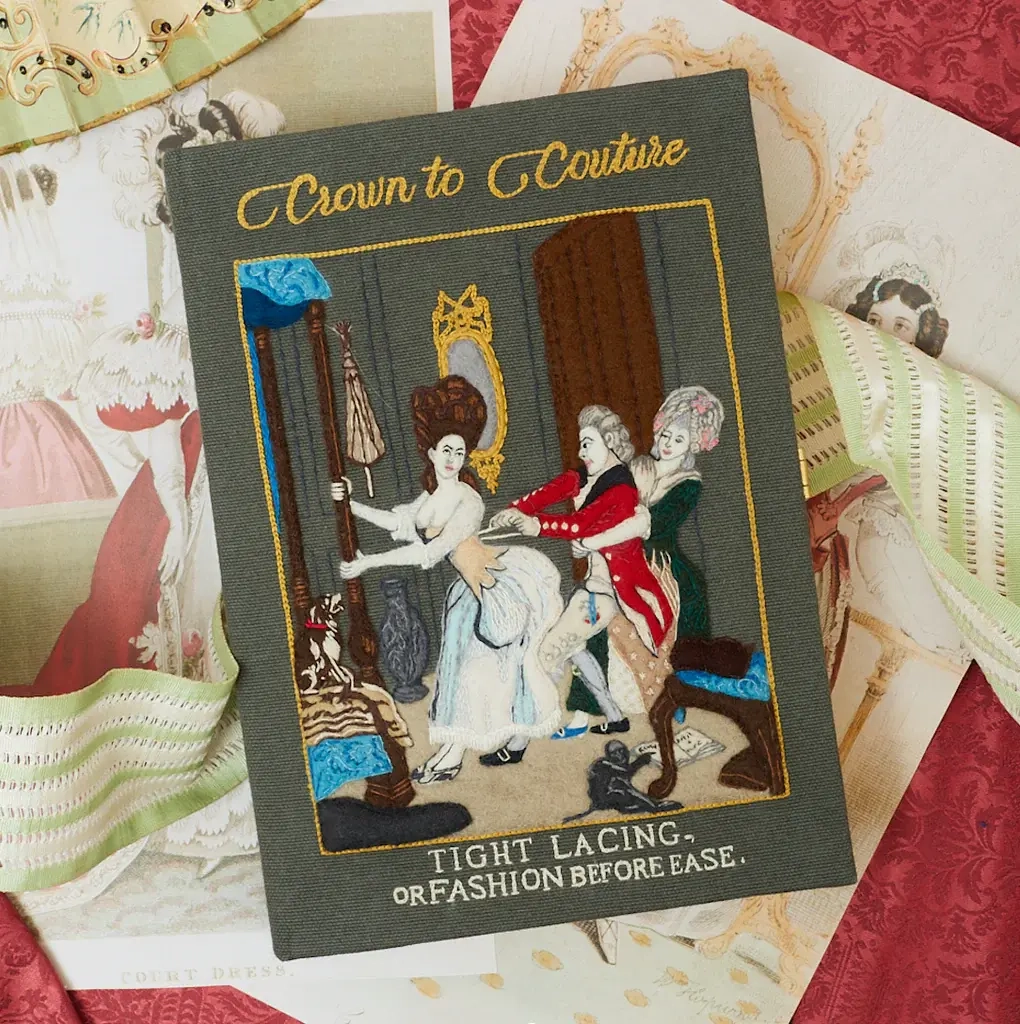
You don’t see a product associated with a royal residence retailing right alongside psychedelic stuff like this every day…
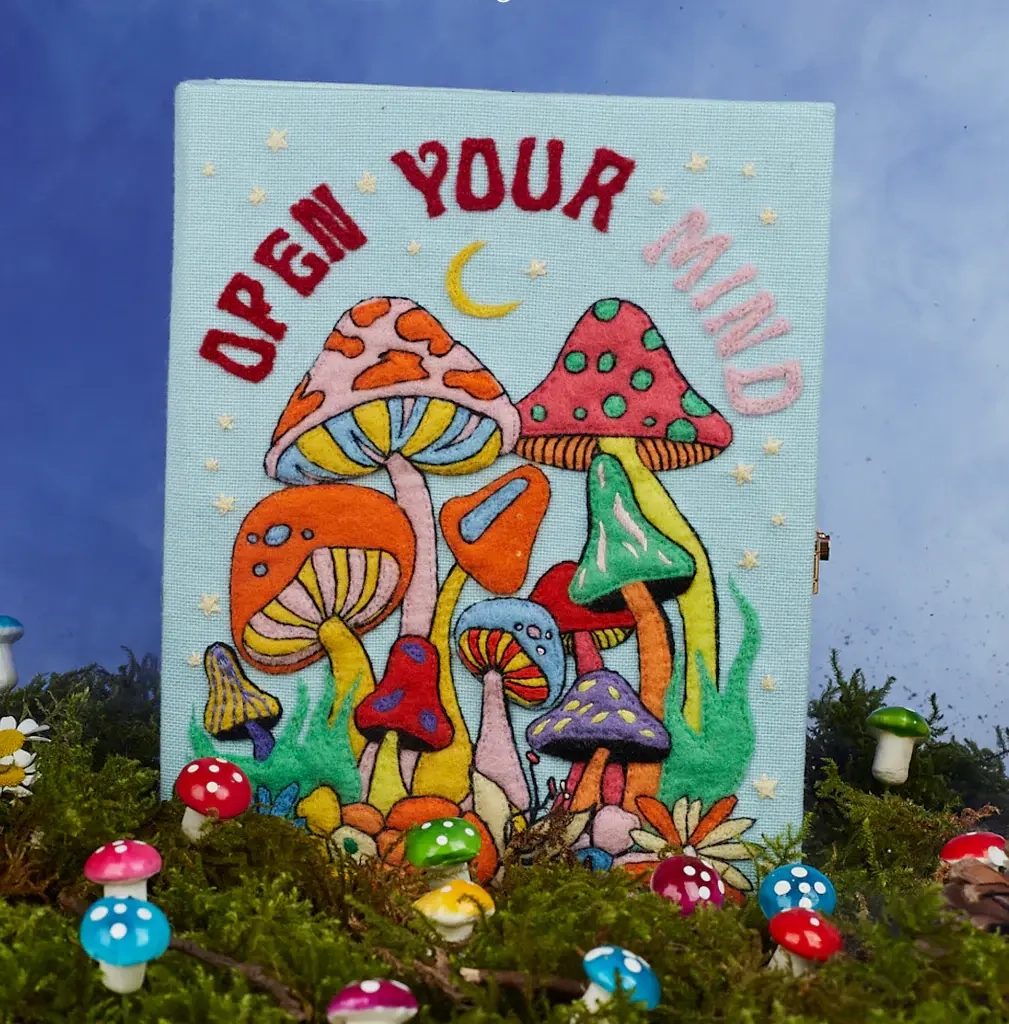
The Metropolitan Museum of Art
New York’s Metropolitan Museum of Modern Art focussed on homeware and interiors partnerships during the peak pandemic era, aiming to ride the wave of enforced domesticity that swept the world. But the recent scope of their partnerships has been far wider, with a focus on fashion.
America’s largest and best-known art institution partnered with youth-focussed clothing brand PacSun on ‘The Greek and Roman Collection’ which includes Roman-art-inspired puffer jackets and masterpieces on a minidress.
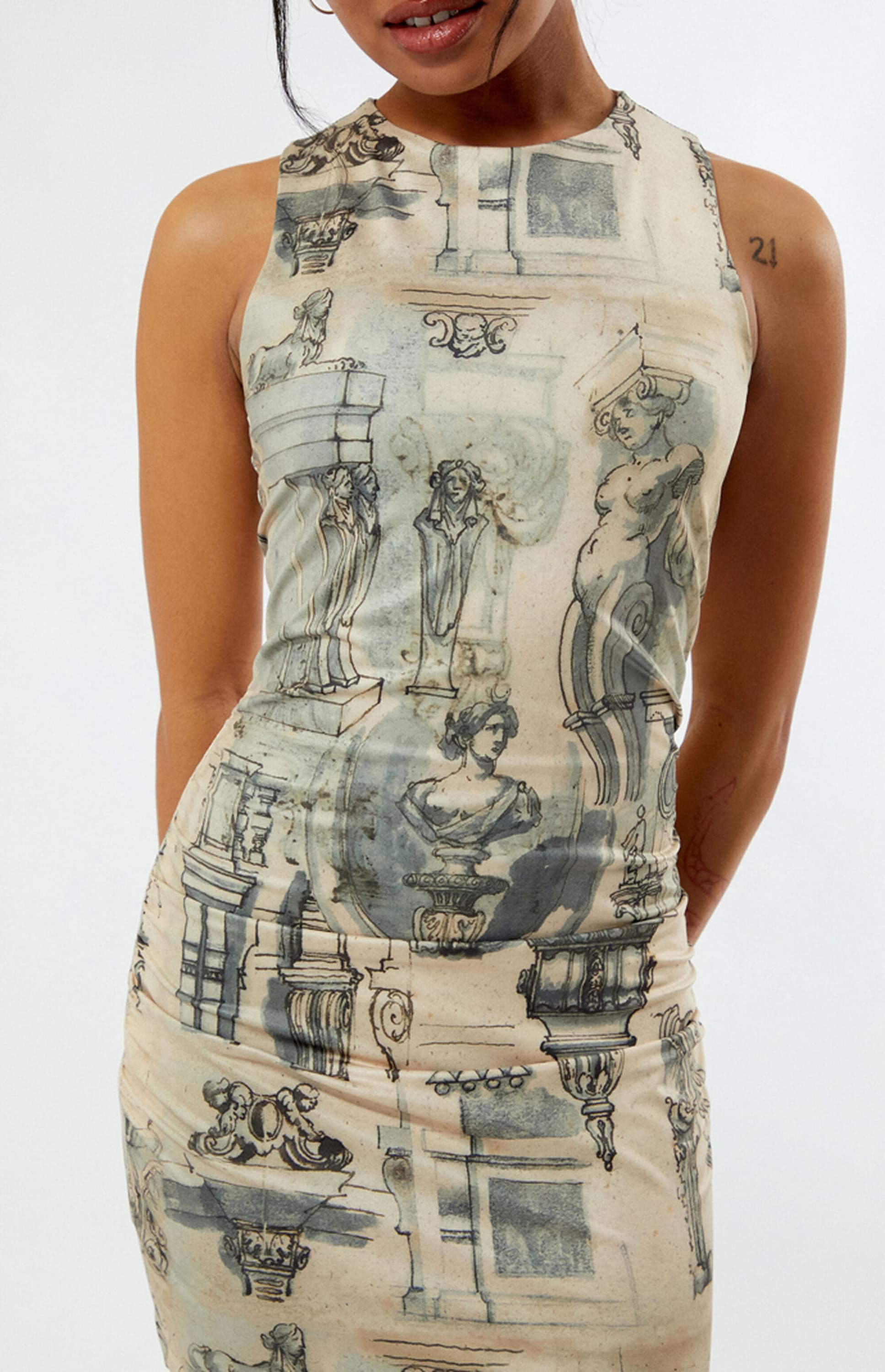
They’ve also extended their IP into digital watches, partnering with Timex.
In an interview at the start of 2024, Martin Cribbs - vice president of brand management at the New York brand extension firm Beanstalk - said this about working with the Met:
“One of the big parts of the mission of the Met is to expand outside of its walls. The whole founding principle of the Met was to democratise access to art. When we started working with PacSun, we were like, is this too lowbrow? Does it fit the strategy?
“What’s so awesome and fascinating to see is hip teenagers on the subway wearing Met x PacSun products. Oftentimes, that audience would have no interest in art or no access to art.”
2. Expanding into China
The Louvre
In 2021, after a year where the world’s most popular art museum saw visitor numbers obliterated, The Louvre launched “a flurry of brand partnerships”. This has included licensing famous works of art to the Chinese e-commerce giant Alibaba for products ranging from thermos flasks to lipstick, and striking a deal with Hong Kong-based Casetify for an iPhone case collection.
The Centre Pompidou
The Louvre isn’t the only French heritage brand to be expanding into China. The Centre Pompidou has grown its following there through a partnership with West Bund Museum Project in Shanghai and recently partnered with Swatch to release a range of watches, available to buy in China.
According to Campaign Asia, art and cultural IP became China’s second most important type of IP in 2020; it jumped from less than 2% to over 18% in terms of retail sales of licensed merchandise. This is also being driven by native brands; Beijing’s Palace Museum reportedly generated $222 million through branded product sales in 2018 alone.
With continued innovation in the UK, US, and Europe, we can expect the Western heritage art and culture licensing market to grow significantly too. That innovation will inevitably involve more digital executions over the coming months and years. Below, we’ll look at how some forward-thinking heritage brands are using digital technology to extend their reach.
Digital innovation in heritage brand experiences
Increasingly, museums and other heritage brands are embracing the latest technology and better aligning their offering with younger audiences’ expectations.
Inviting people in
The British Museum has created an online collection containing almost four and a half million objects, complete with super-high-quality photos. This extends their reach beyond physical visits. Indeed, many of the items in the digital archive haven’t been exhibited publicly in the museum for decades.
Digital collectibles
The British Museum has also been experimenting with digital collectibles, partnering with Ethereum-based metaverse game The Sandbox to create a range of NFT collectibles in collaboration with the museum’s licensing partner, La Collection.
Similarly, the Belvedere museum in Vienna released 10,000 NFTs of Gustav Klimt’s ‘The Kiss’ on Valentine’s Day 2022, generating around €4.3 million in revenue.
The growing importance of sustainability and ethics
The evidence is mounting that modern consumers care about the environmental and social impact of their buying decisions. Not convinced? Consider these findings…
More than half of European consumers said health and environmental factors—such as product recyclability, sourcing, and fair trade practices—were significant to them when purchasing apparel, food, and household supplies. [Source: McKinsey ConsumerWise EU5 Sentiment Data, November 2023]
50% of global consumers say that environmental factors (commitment to reducing carbon emissions, using recycled materials, or reducing plastic waste in its products) will often or always influence their decision to trust a brand. [Source: PWC June 2022 Global Consumer Insights Pulse Survey]
80% consumers would pay up to 5% more for sustainably produced goods. [Source: PWC - June 2023 Global Consumer Insights Pulse Survey]
1 in 3 consumers stopped purchasing certain brands or products because of ethical or sustainability-related concerns. [Source: Deloitte - Sustainable Consumer 2023 report]
32% of consumers would trust brands more if they had a transparent, accountable, and socially and environmentally responsible supply chain. [Source: Deloitte - Sustainable Consumer 2023 report]
Eco-conscious heritage brand extensions
The National Gallery x Eco Chic
The National Gallery partnered with sustainability-focussed retailer Eco Chic to create a range of foldable shopping bags and backpacks featuring art from their collection. The bags are made from recycled plastic bottles.
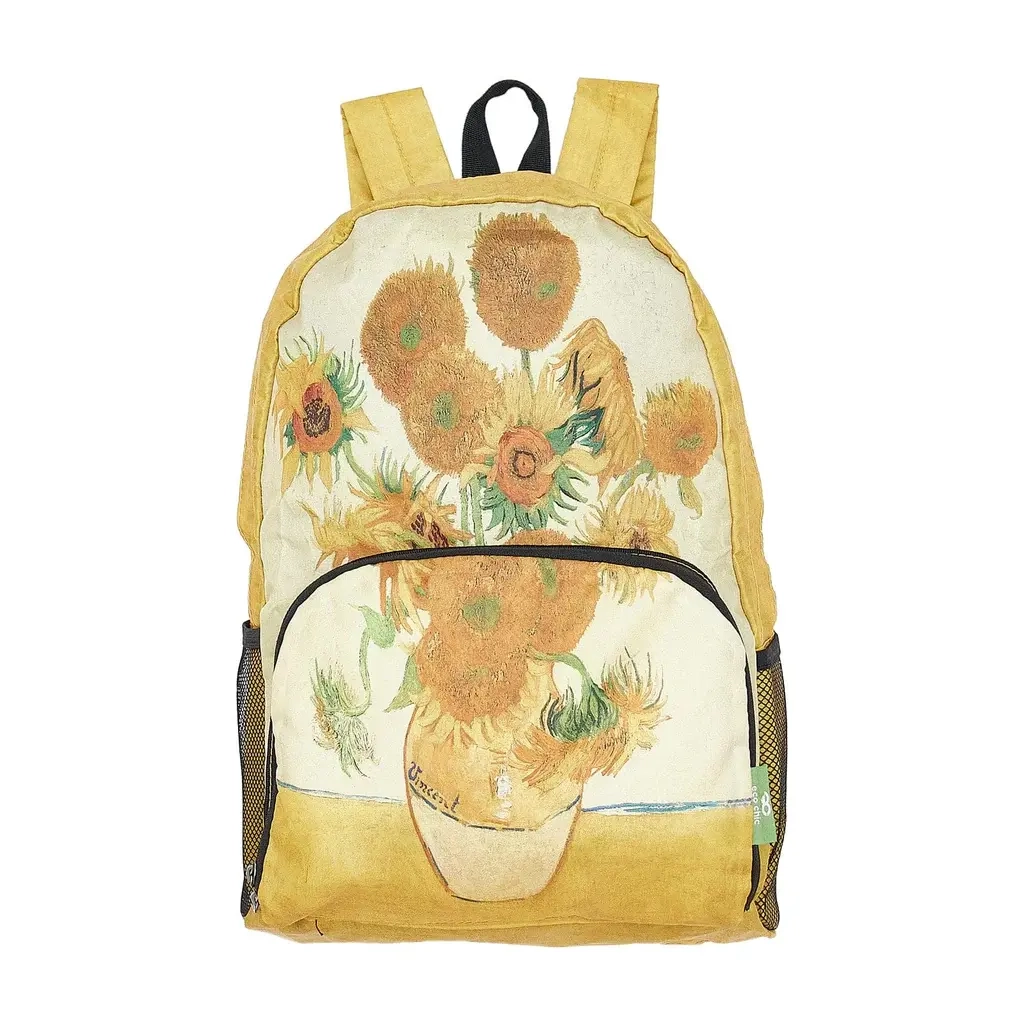
The Natural History Museum
London’s Natural History Museum is currently focussed on the toys and games category. For example, partnering with Galt Toys, they’ve produced a ‘Let’s Learn’ range of STEM kits.
There’s a big focus on sustainable manufacturing and considering a product’s full lifecycle. As reported in Toy World Magazine:
“It’s a bold stance to take in a fast-moving industry dominated by virgin plastic, but one that is completely in tune with the NHM’s mission and ethos. After all, the blue whale skeleton (AKA: ‘Hope’) that replaced Hintze Hall’s ‘Dippy’ the diplodocus in 2017 was intended to shine a light on our collective responsibility to look after the natural world.”
Even for brands that don’t have such a direct connection to the natural world, consumers will increasingly expect a clear commitment to sustainability.
Expanding reach with non-obvious partnerships
To stay relevant, heritage brands must always be alive to new avenues for growth. By venturing beyond their traditional domains and collaborating with unexpected partners, heritage brands can breathe new life into their IP and find new fans.
The more unlikely the pairing, the more intrigue it invites. Bold partnerships can help position heritage brands as adventurous and in-tune with culture, refreshing their relevance for generations old and new.
Let’s look at a couple of examples.
Transport for London x Bimber Distillery
Although Transport for London was only founded in 2000, the London Underground design system dates back to 1908. They recently partnered with Bimber Distillery on ‘The Spirit of the Underground Collection’, featuring iconic London Underground stations on the packaging and labels of their whisky bottles.
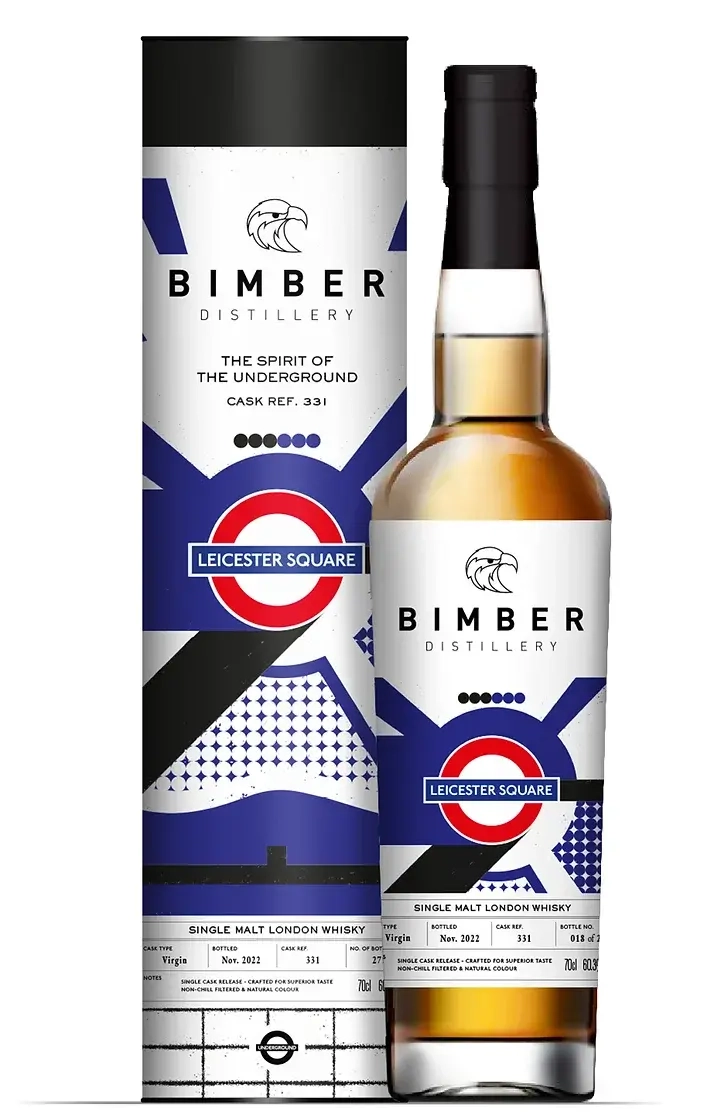
This creative use of TfL's branding is a leftfield execution in the spirits category, but it’s clearly been well-received; at the time of writing, all five releases are sold out.
Victoria and Albert Museum x Prestat
The V&A (founded 1852) partnered with chocolate brand Prestat (founded 1902) on a ‘Magical Garden’ collection inspired by Alice in Wonderland.
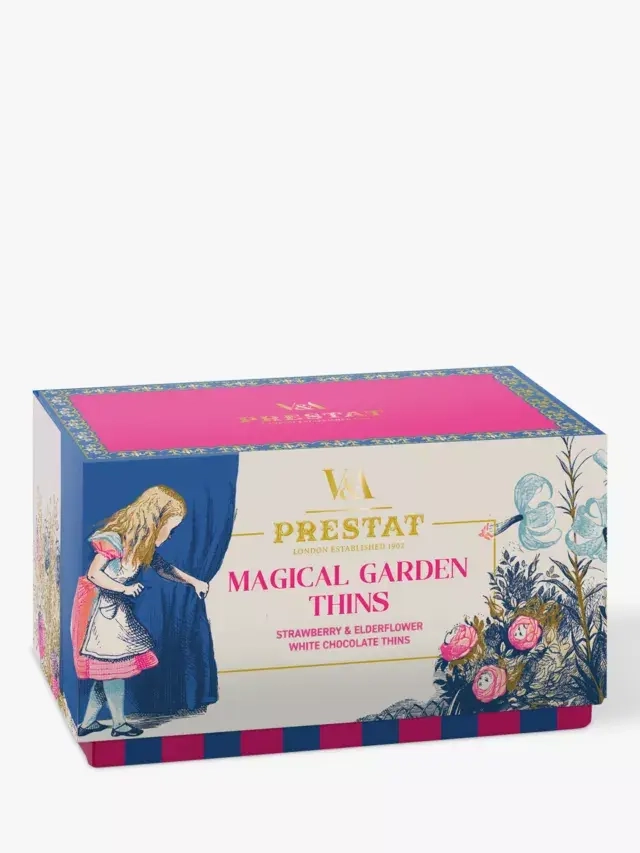
The collection draws on the legacy and universal appeal of Lewis Carroll's books, and represents a playful extension of the V&A’s founding mission: Educating designers, manufacturers and the public in art and design.
Whilst there’s nothing that surprising about the idea of two heritage brands teaming up, and Prestat have a reputation for outstanding packaging design, this is a refreshing departure from the typical heritage brand extension playbook that focuses on more obvious categories like fashion, stationery, and homeware.
For brands in the heritage space, the opportunities to creatively reinterpret assets and appeal to new audiences are endless. And each collaboration offers a new canvas for sharing and revitalising the brand story.
Storytelling as competitive advantage
“Brands are built out of stories. Of course they begin with the product – but the brand, what it means to people, how they respond to it, is built out of stories about that brand: where it comes from, who founded it, its vision… And you can communicate those things in a number of different ways.” — Sir John Hegarty
""
The most powerful heritage brands are committed and adventurous storytellers. They treat their history and lore as fountains of fascination, ready to quench curious new audiences wired, like all humans, to connect with compelling stories.
Each brand has a unique origin story, identity, and mission. For museums, every artefact and artwork also has a story of its own. For whisky distillers, every expression tells its own tale. For heritage fashion brands, every new collection is another chapter in their legacy.
Heritage brand storytelling in action
The University of Cambridge's ‘Polar Collection’
In 2024, the University of Cambridge dropped an icy-hot heritage collection that's equal parts exploration and conservation. Dubbed ‘The Polar Collection,’ this collaboration between the university’s Scott Polar Research Institute and Polar Museum serves up assets from the golden age of polar expeditions, including vintage photos and gear used by icons like Scott and Shackleton.

The collection helps tell the story of the cutting-edge climate research happening at the institute, spotlighting the harsh realities facing our polar regions today. By connecting the romance and adventure of legendary polar explorations to modern research on the climate, this work weaves a story spanning over a century.
Below, we’ll continue this icy theme with an invasion from beyond the Wall…
Johnnie Walker x HBO
Johnnie Walker is a brand with over 200 years of history. For the final season of Game of Thrones, they partnered with HBO to create a collectible set of blended whiskies. This was accompanied by a campaign telling the story of frozen White Walkers travelling to Johnnie Walker distilleries to freeze the casks, stitching the show's mythology into the brand’s heritage.
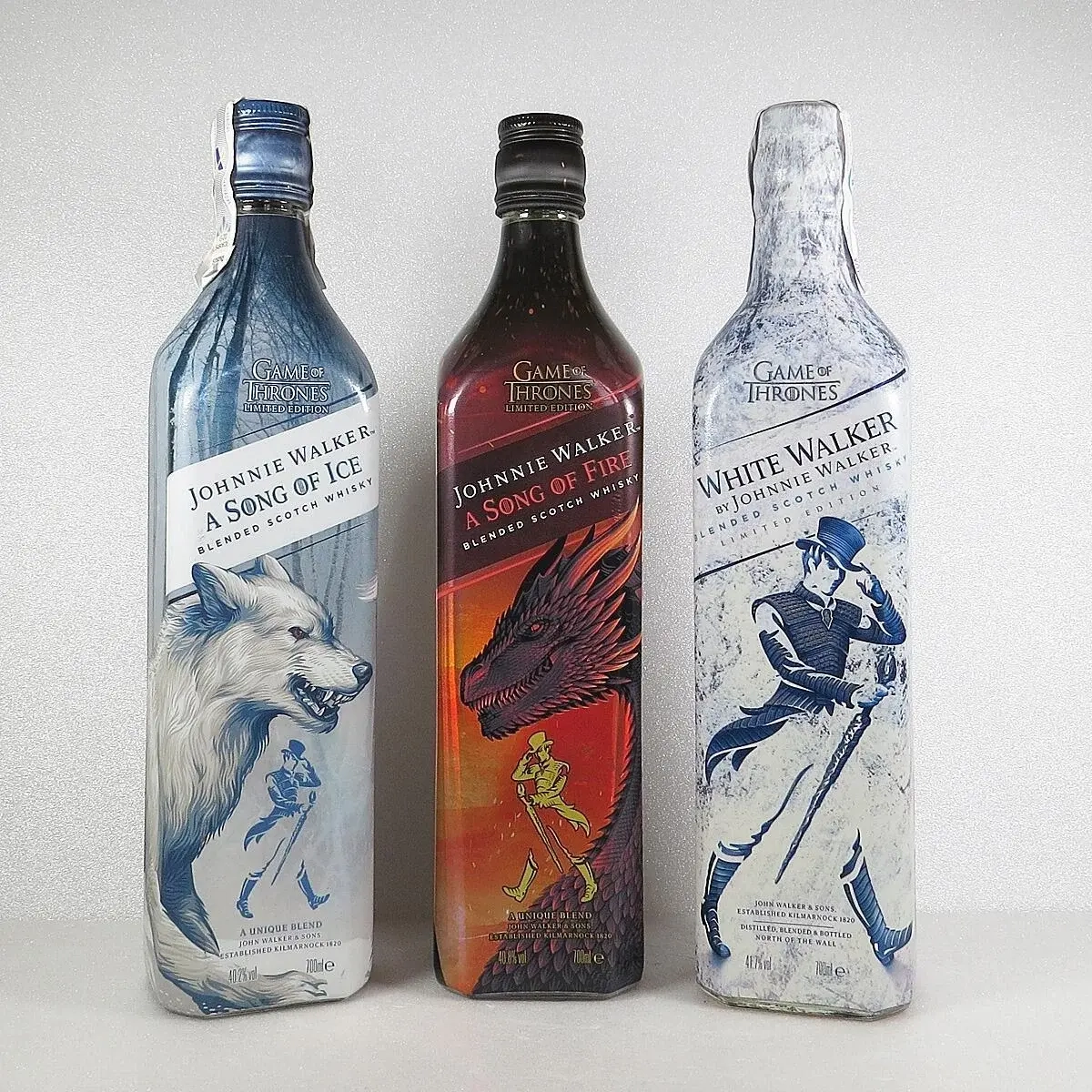
Challenges and opportunities in 2024 and beyond
Many cultural institutions are yet to see visitor numbers return to pre-pandemic levels. This puts a strain on cashflow, but also signals an opportunity for brands willing to invest in innovation.
With the need to find new audiences more urgent than ever, the brands that most smartly stretch their IP are those most likely to prosper. The brands that pay attention to modern tastes, welcome unexpected collaborations in new categories, and apply technology thoughtfully, stand the best chance of remaining relevant for another 50 years or more.
Heritage brands must always strike a balance between leveraging their rich legacy and remaining relevant in a fast-moving cultural reality. They must remain reverently rooted in their iconic origins without lapsing into complacency. The best brand extensions tap the undeniable power of nostalgia whilst also embracing the new — like a fresh remix of a classic track.
Navigating the global market gracefully is another challenge. Whilst the expanding market for art and culture IP in China signals the growing international appeal of respected heritage brands, expanding licensing programs and partnerships overseas can be complicated, with potentially unfamiliar cultural norms to consider.
Strong heritage brands are like monarch butterflies
The annual migration of the monarch butterfly is a mind-bending phenomenon.
No single butterfly makes the entire roundtrip. Instead, it takes 4-5 generations to complete the migration each year. When the final "Methuselah" generation is born, they migrate all the way back to the spot their ancestors left from — often the same tree! Each year, they expand their range, settling new territories.

Like these curious butterflies, strong heritage brands are relentless explorers, continually finding new categories and markets to stretch their IP into. And like the monarchs, strong heritage brands never lose their connection with their roots; they continue telling stories that began generations earlier, finding fresh ways to bring new audiences in.
Through strategic licensing partnerships, heritage brands can cross new frontiers while always returning to their origins, history and traditions as a fertile source of new ideas.
Ready to spread your wings?
At Skew we focus on driving amazing results, and we do that by measuring what works and what doesn't, thinking strategically, and delivering crafted creative at the point it's most effective. We have a long history of collaborating with some of the most iconic institutions in the museum and heritage space, check out our work with the National Trust and The British Museum for more.
Get in touch today and let's discuss how we can help you reach your goals.
P.S.
A quick message from the marketing team at Skew. The illustration for this blog was created in Midjourney and this blog, prompt 'the cats of Bridgeton on their phones taking selfies.'





